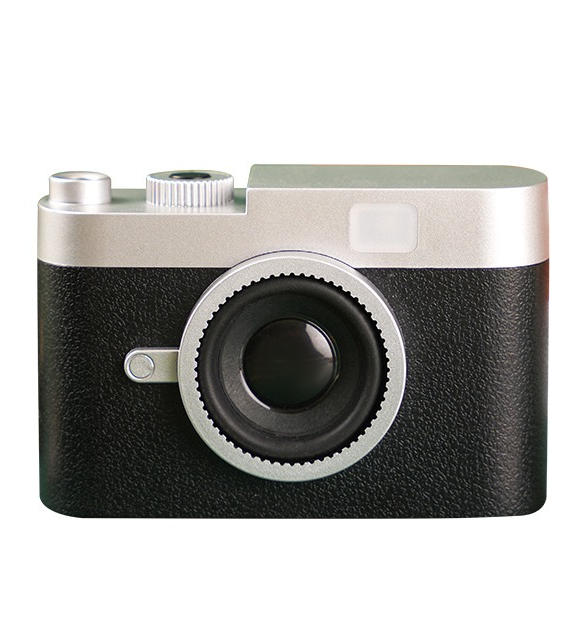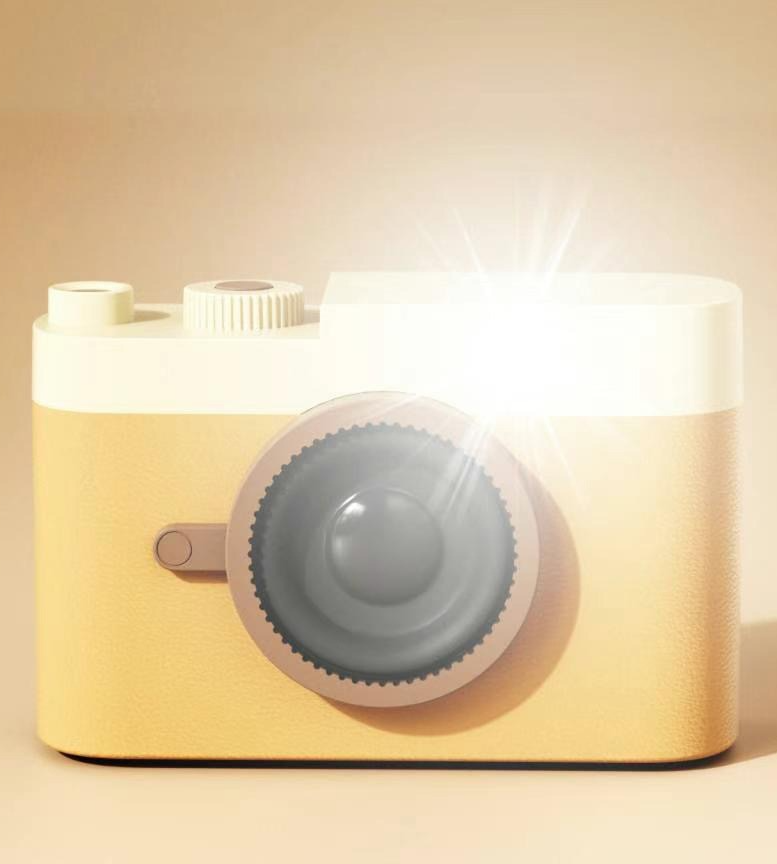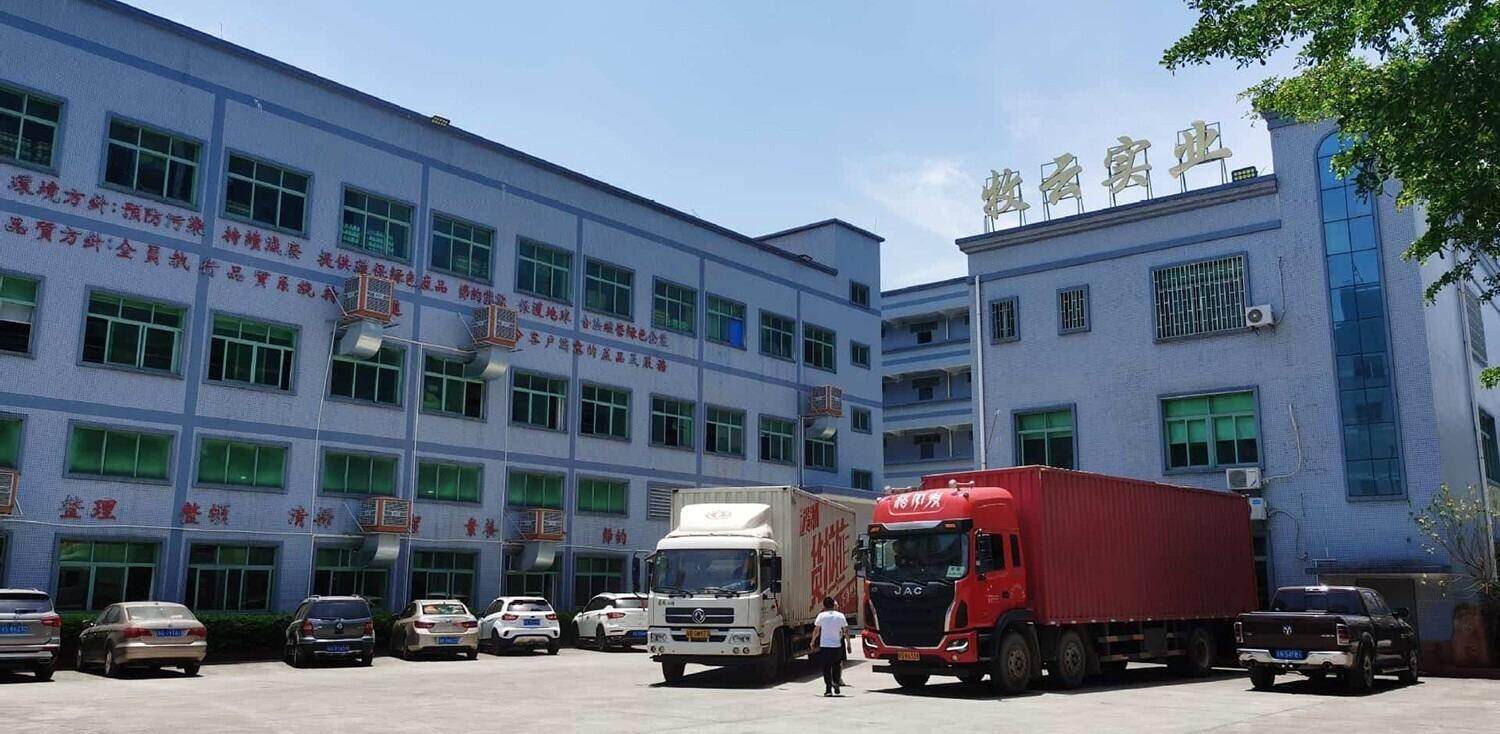
Astu ylivoimaisen äänen maailmaan Recesky Industryn retro Bluetooth-kaiuttimien avulla. Kaiuttimemme on suunniteltu tarjoamaan mukaansatempaava kuuntelukokemus, joka saa sinut rakastumaan suosikkikappaleisiisi uudelleen. Voimakkaiden äänentoistokykyjensä ja vintage-estetiikkansa ansiosta retro Bluetooth-kaiuttimemme ovat täydellinen yhdistelmä muotoa ja toimintoa. Kohota kuuntelukokemustasi ja lisää ripaus nostalgiaa elämääsi retro Bluetooth-kaiuttimillamme tänään!

Tässä on muotitietoista retro-bluetooth-kaiutinta, joka antaa sinulle mahdollisuuden lisätä ripauksen vintage-tyylin eleganssia olohuoneeseesi. Siinä on klassinen ilme yhdistettynä erilaisiin sävyihin, mikä antaa mahdollisuuden löytää täydellinen yhteensopivuus kodin sisustukseen. Tämä ei ainoastaan lisää tunnelmaa mihin tahansa huoneeseen, vaan se tarjoaa myös ensiluokkaista äänenlaatua. Klassisen ulkonäkönsä ja modernin teknologiansa ansiosta retro-bluetooth-kaiutin on täydellinen yhdistelmä tyyliä ja hyödyllisyyttä, ja se löytyy monista kodeista tänä päivänä.

Sulje silmäsi ja sinut kuljetetaan hyvän vanhan musiikin maailmaan retro bluetooth-kaiuttimen avulla. Tämä huipputeknologinen langaton äänilaite on suunniteltu siten, että se näyttää antiikkiselta, samalla kun sen edistynyt teknologia mahdollistaa helpon yhteyden muihin laitteisiin bluetoothin kautta. On korkea aika ymmärtää, että suosikkikappaleesi voivat kuulostaa lämpimämmiltä ja syvemmiltä kuin koskaan ennen. Aivan kuten kuka tahansa muu, joka rakastaa musiikkia ja samaistuu menneisiin aikoihin, retro bluetooth-kaiuttimemme yhdistää klassisia vivahteita ja nykyaikaista toiminnallisuutta, mikä tekee siitä täydellisen valinnan niiden keskuudessa, jotka arvostavat alkuperäisyyttä.

Retro bluetooth-kaiuttimemme vie sinut merkittävän äänenlaadun maailmaan. Se sisältää edistyksellisiä ominaisuuksia, jotka tekevät siitä voimakkaan ja kirkkaan äänen tuottajan. Voit helposti yhdistää sen laitteisiisi sen langattoman toiminnallisuuden avulla, kun kuuntelet musiikkisuosikkejasi. Retro bluetooth-kaiuttimemme on suunniteltu menneisyyden inspiroimana ja se tarjoaa vaikuttavaa akustista suorituskykyä, mikä tekee siitä täydellisen tyylin ja sisällön rakastaville ihmisille.

Meidän kannettava retro bluetooth-kaiutin antaa sinun viedä musiikkisi mukanasi minne tahansa. Sen pieni koko ja kevyt paino helpottavat sen kuljettamista. Langaton kaiuttimemme tarjoaa mukavuutta, kun voit toistaa musiikkia puhelimella, samalla kun se tarjoaa erinomaisen äänenlaadun; tämä on hyödyllistä, jos olet piknikillä, juhlimassa tai vain rentoutumassa huoneessasi. Se on ihanteellinen ihmisille, jotka pitävät matkustamisesta ja rakastavat kuunnella musiikkia; sen vanhanaikainen ulkonäkö ja äärimmäinen keveys tekevät siitä helpon kuljettaa mukana.

Recesky Industry (Dongguan) Co.,Ltd. erikoistuu valaistukseen, aromihöyrystimiin, Bluetooth-kaiuttimiin, kodin laitteisiin ja lisensoituihin kulutustavaroihin.
Recesky Industrylla ymmärrämme yritysten ja massaostajien tarpeet. Siksi tarjoamme tukkuvaihtoehtoja ihastuttaville pienille rihkaillemme, joiden avulla voit varastoida varastoa pankkia rikkomatta. Tukkuhintamme ovat erittäin kilpailukykyiset, mikä varmistaa, että saat parhaan vastineen rahoillesi.
Etsitkö tapaa saada brändisi erottumaan joukosta? ODM/OEM-palvelumme avulla voit muokata ihastuttavia pieniä rihkareita omilla malleillasi ja brändäykselläsi. Tämä tarkoittaa, että voit luoda ainutlaatuisia tuotteita, jotka vastaavat täydellisesti yrityksesi imagoa ja houkuttelevat kohdeyleisöäsi.
Olemme ylpeitä voidessamme tarjota lisensoituja kulutustavaroita, jotka ovat aitoja ja laadukkaita. Yhteistyössä tunnettujen tuotemerkkien kanssa varmistamme, että suloiset pienet rihkamaamme täyttävät korkeimmat laatu- ja muotoilustandardit. Tämä antaa sinulle mielenrauhan, kun tiedät ostavasi aitoja tuotteita, joista asiakkaasi pitävät.
Recesky Industry tarjoaa laajan valikoiman ihastuttavia pieniä rihkareita, joista valita. Etsitpä oikeita hahmoja, koristeellisia koristeita tai toimivia vempaimia, meillä on jokaiselle jotakin. Tämä varmistaa, että voit löytää täydelliset tuotteet yrityksesi tarpeisiin ja asiakkaiden mieltymyksiin.
Retro-Bluetooth-puhuttelu on moderni ääniseläin, joka yhdistää vanhojen puhuttelujen vintage-ilmapiirin ja -tuntemuksen Bluetooth-teknologian mukavuuteen.
Retro Bluetooth-kaiutin toimii yhdistämällä sen laitteeseesi Bluetoothin kautta. Kun laitteet on yhdistetty, voit suoratoistaa musiikkia, podcasteja tai mitä tahansa muuta äänisisältöä suoraan kaiuttimeen.
Retro-Bluetooth-puhuttelun päälitova on sen langattomuus, joka poistaa tarpeen sekavien sähkökabeloiden käytöstä.
Vaikka useimmat retro Bluetooth-kaiuttimet on suunniteltu langattomaan käyttöön, jotkut mallit sisältävät liitäntöjä, jotka mahdollistavat yhteyden muodostamisen ei-Bluetooth-laitteisiin kaapelin avulla. Tarkista kaiuttimesi tekniset tiedot nähdäksesi, tarjoaako se tämän ominaisuuden.
Monet retro Bluetooth-kaiuttimet ovat saatavilla eri väreissä ja viimeistelyissä, jotta ne sopisivat henkilökohtaiseen tyyliisi. Jotkut mallit tarjoavat myös mukautusvaihtoehtoja, kuten vaihdettavat etulevyt tai suojat, jolloin voit muuttaa kaiuttimesi ulkonäköä milloin tahansa.
